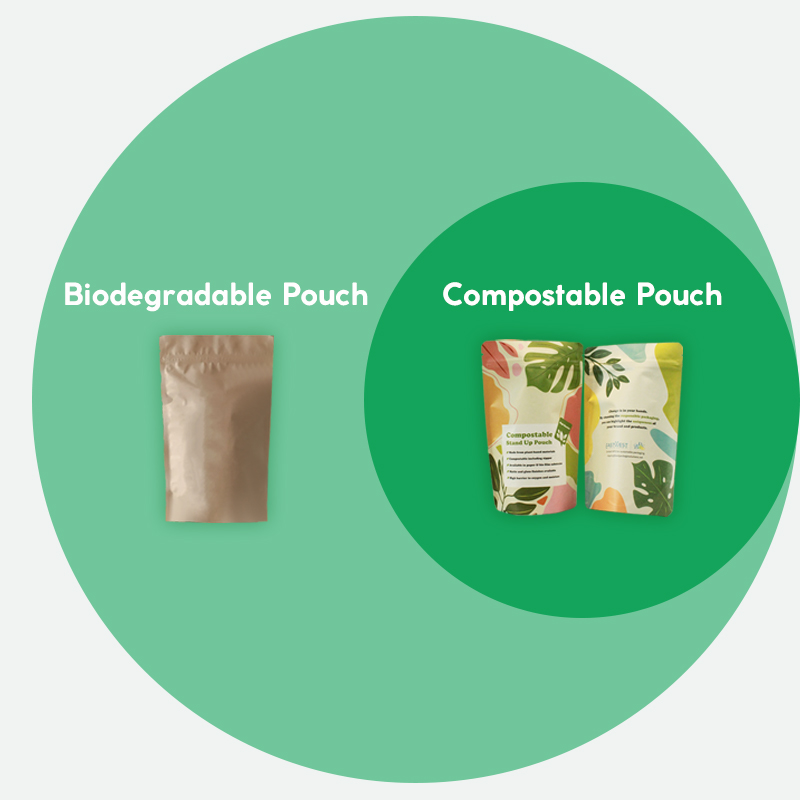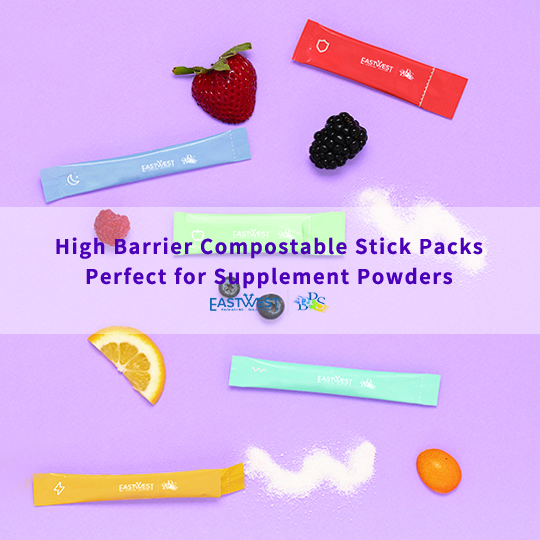Don’t overlook the importance of your roasted coffee bags. Your choice of coffee packaging will affect the coffee’s freshness, your own efficiency in operations, how your product stands out (or not!) on the shelves, and how your brand is positioned.
FOUR COMMON COFFEE BAG TYPES
While there is a wide range of coffee bags on the market, here are four types that each serve very different purposes.
1. Stand Up Pouch / Doypack
“The stand up pouch is a very normal coffee bag in the market,” says BPS, emphasizing that it tends to be cheaper than some of the other options.
These bags are made of two panels and a bottom gusset, giving them a triangular shape. They also often feature a resealable zipper that can help keep the coffee fresher for longer, even once the bag has been opened. This combination of low prices and good quality make stand-up pouches a popular choice among small- to medium-sized roasters.
The bottom gusset also allows the bag to stand up on the shelf and there is plenty of room for branding. A talented designer can work with this style to create an eye-catching bag.
2. Flat Bottom Pouch / Block Bottom Pouch / Square Bottom Pouch
“The flat bottom pouch is impressive,” BPS comments. Its square design allows it to stand unassisted, giving it a prominent shelf presence and, depending on the material, a modern appearance. BPS’s versions also come with a pocket zipper, which they explain to be “more convenient to reseal”.
Plus, with its side gussets, the flat bottom pouch can hold more coffee in a smaller bag. In turn, this makes it more efficient to store and transport.
This is the bag that many coffee roasters opt for, but also makes sure to purchase one with a valve so coffee can gas off and age the way it should. Shelf life is a priority for coffee. Also, the zipper allows customers to use a small amount of coffee and then reseal the bag, so it’s keeping it fresh.
The only downside to this bag is that it’s more complicated to make, so it tends to be a little pricier. Roasters need to weigh up the advantages in branding and freshness against the cost and decide if it is worth it for them.
3. Side Gusset Pouch
This is a more traditional bag, and still one of the most popular. It’s also known as a side-fold bag. It is a strong, durable option well-suited to larger quantities of coffee. “Most clients choose side gusset pouch style when they need to pack many grams of coffee, like 5 lb,” BPS introduces.
Side Gusseted Bags can stand on its own – when there’s coffee inside them. BPS points out that the empty bags can only do so if they have a folded bottom.
They are printable on all sides, making them easy to brand. They also tend to be less costly than other options. On the other hand, they don’t feature zippers. Usually, they are closed by rolling or folding them and using adhesive tape or a tin tie. Although they are easy to close this way, it’s important to remember that this is not as effective as a zipper and so coffee beans usually won’t stay fresh for as long.
4. Flat Pouch / Pillow Bag
Flat pouches come in many sizes, but they are most commonly seen as single-serve packaging. If roasters want to have a small bag, like a sample for their customers, they can choose this kind of bag.
Although these bags tend to be small, their entire surface can be printed on, offering good branding opportunities. However, keep in mind that this type of bag needs support in order to stay erect. You will need a platform or stand of some variety if you wish to display it on an exhibition booth, for example.
So which type of coffee bag do you prefer?
**********************************************
Click the below link and connect with BPS that Offers a variety of coffee packaging and sustainable packaging solutions:
Blog Author: Grace Huang
Blog Edittor: Jasmine Zhang
Contact BPS Team: inquiry@bestpackagesolutions.net

 Eco-Friendly Packaging Materials The Next Wave in Sustainable Design, Right at Your Fingertips!
Eco-Friendly Packaging Materials The Next Wave in Sustainable Design, Right at Your Fingertips!
 Interested in Elevating Your Packaging to the New Height?
Interested in Elevating Your Packaging to the New Height?
 Compostable vs Biodegradable: Which Pouch is Best for the Environment?
Compostable vs Biodegradable: Which Pouch is Best for the Environment?
 Compostable Stick Packs for Supplement Powder
Compostable Stick Packs for Supplement Powder